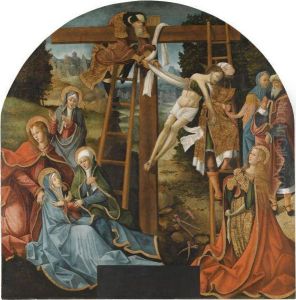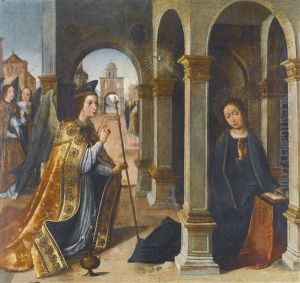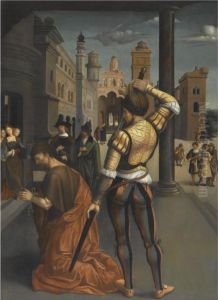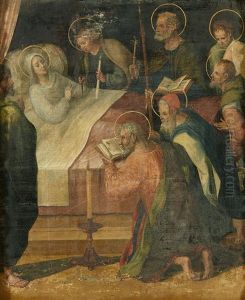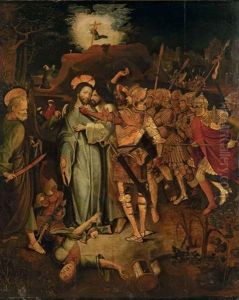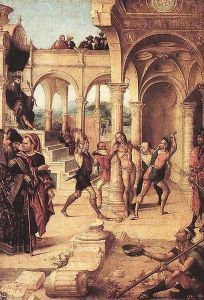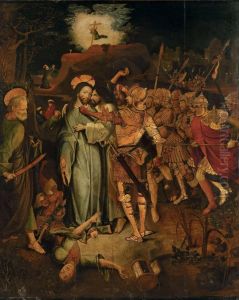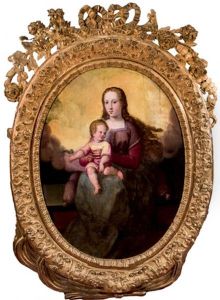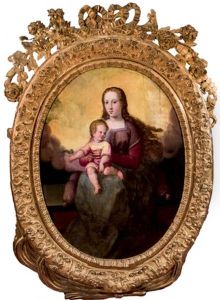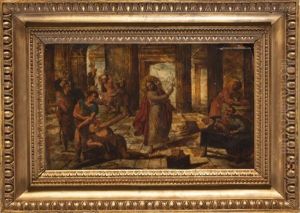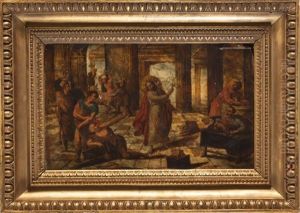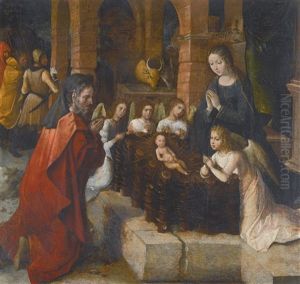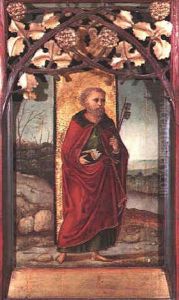Alejo Fernandez Paintings
Alejo Fernández was a painter of the Spanish Renaissance, born around 1475 in either the Spanish region of Castile or in Portugal. Not much is known about his early life or training, but he is believed to have been of Portuguese descent. His work was primarily religious in nature and reflected the transition from the Gothic to the Renaissance style in Spanish art.
Fernández moved to Seville, which was then a major artistic and commercial hub due to the discovery of the Americas and the consequent trade. By 1508, he was married to a woman named Gutierrez, and records show that he was working in Seville by that time. The city's wealth and the demand for religious art allowed him to establish a successful career.
One of his most notable works is 'The Virgin of the Navigators' (c. 1531-1536), which is among the earliest known paintings depicting the discovery of the Americas. This work features the Virgin Mary protecting a group of navigators, including Christopher Columbus, and reflects the role of divine providence in the exploration of the New World. The piece is housed in the Alcázares Reales in Seville and is celebrated for its fusion of religious iconography with contemporary historical events.
Fernández's style exhibits both traditional elements of the late Gothic period and the emerging Renaissance sensibility, characterized by a greater interest in realism and the use of perspective. His work includes altarpieces, devotional images, and portraits, and he was known to have a talent for capturing the human figure with a sense of dignity and grace.
Alejo Fernández died in 1545 in Seville. While not as widely recognized as some of his contemporaries, his contributions to Spanish art are significant for their historical relevance and their role in the transition of artistic styles during a pivotal period in European history.
